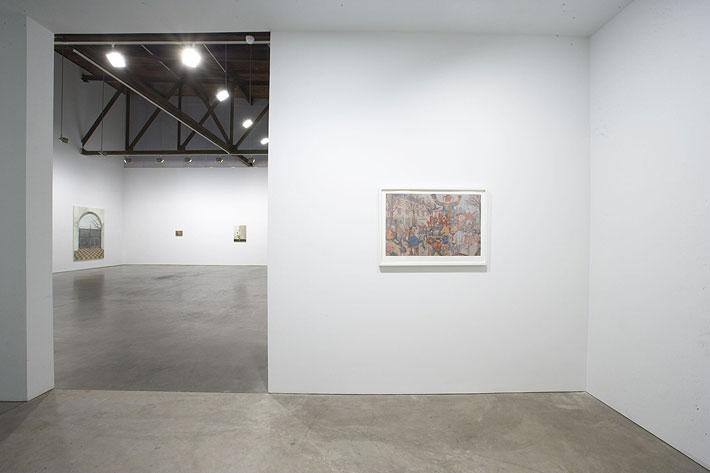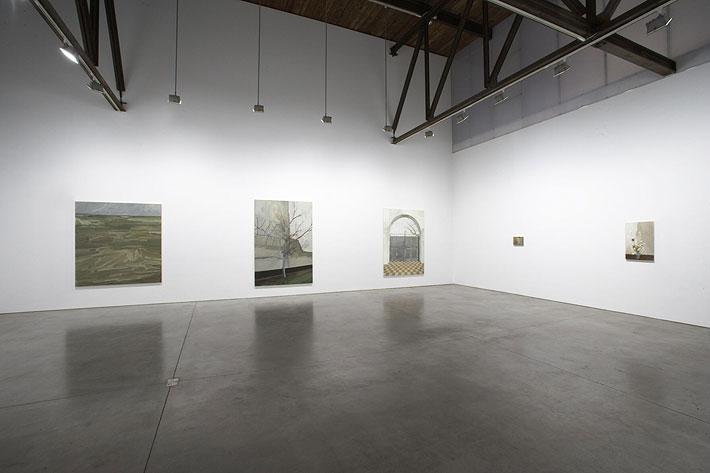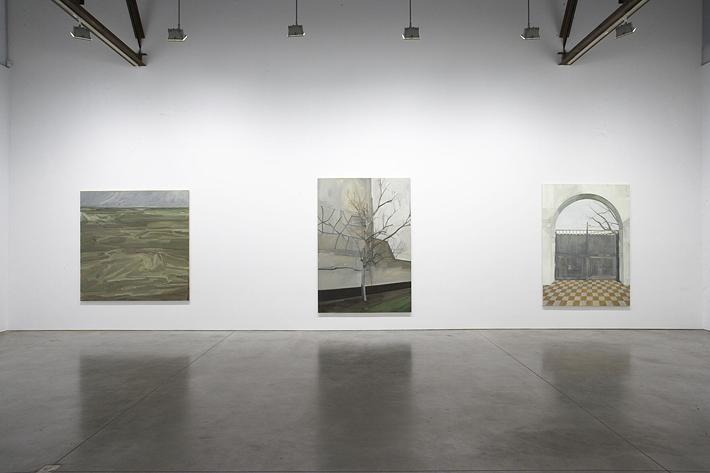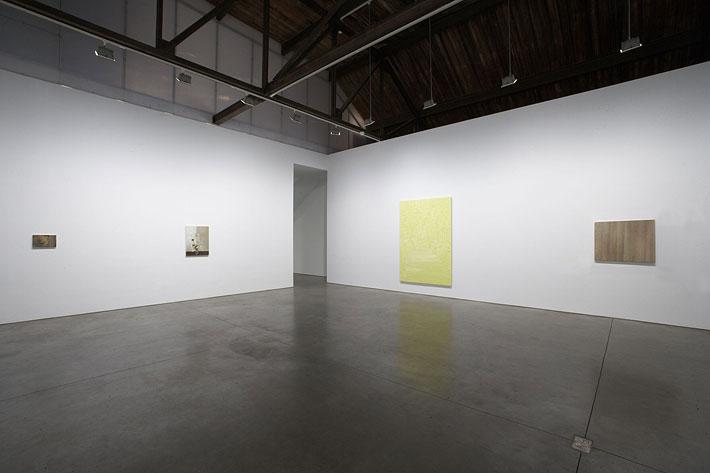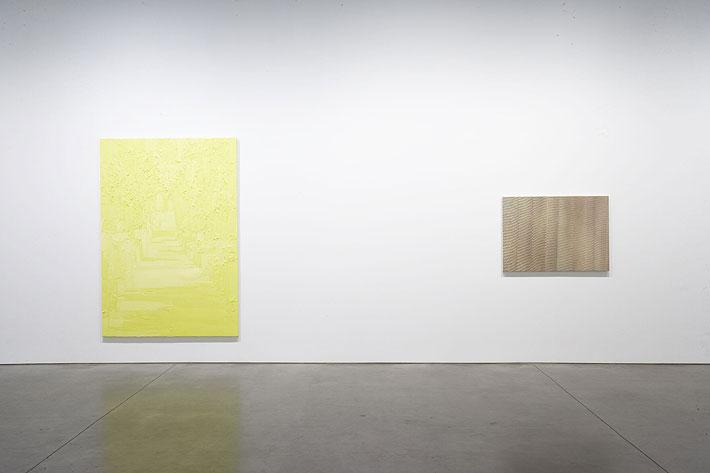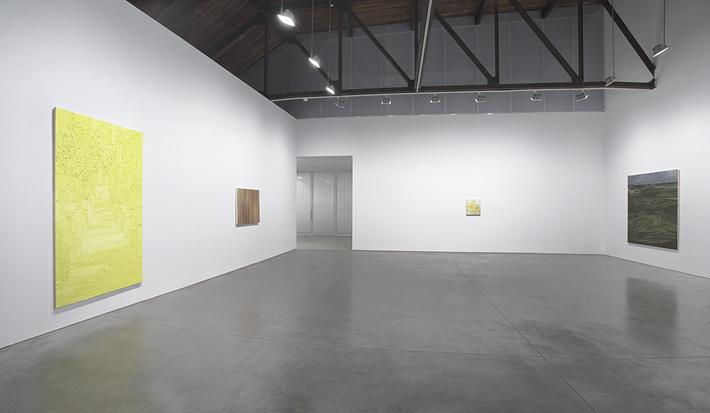Gillian Carnegie
January 26 – March 10, 2007
Main Gallery
While Gillian Carnegie is an artist of great accomplishment, at the core of her work is a desire to constantly push the limits of her own skill. She handles paint with confidence and daring, yet never wants a painting to come too easily. These paintings carry with them something of the aura of the studio, and the intense but quiet drama of their making: the physical wrestling with the messy matter of paint as well as the intellectual tussle that directs it. Carnegie is set apart from her peers not only by her ability, but by the rigor with which she wields it.
A seascape, landscapes, a still life, a nude: these are conventional subjects, and in a sense Carnegie sets herself these technical exercises to explore the handling of paint. But this is a dry and incomplete way to describe works that can be provocative, tough, moody, and often beautiful. They are better described as challenges; to the painter, and later to us, the viewer. The passages of heavy impasto and deliberate mark-making continually remind us of the material substance of the paint, and in doing so bar us from entering into the subject or scene of the painting in a way that is echoed by the imagery itself: a closed gate, a drawn curtain, a screen of branches, a turgid wall of water crowding out the sky. Yet the subjects of the paintings, conventional as they first appear, are crucial in lending the works location, mood and atmosphere, in making them more than self-referentially about painting. So Carnegie explores a place between subject and style, representation and abstraction, depiction and matter.
If the paintings speak of the seclusion of the studio, they are also made very much with the public eye in mind, and it is here in the gallery that they are active and engaged. They play with our gaze - inviting it in here, barring it there, tangling it up where the sky is fractured by shooting branches or in a pattern of hatched brushstrokes; slowing it down with thick impasto where it is inclined to linger. Carnegie's handling of paint has a tactile quality that is fantastically sensual and seductive, yet veers easily into faint repulsion at the sticky excess. In "Yellow Wall", for example, an image Carnegie has used several times, of a path vanishing into a leafy tunnel, is dissolved almost to abstraction in a mass of chartreuse paint, trowelled on in great gobs, squeegeed and gouged. So the paintings offer themselves up at the same time as resisting the viewer. In this light, Carnegie's 'bum' paintings take on a new significance; as acts of exposure and vulnerability but at the same time a dare, a challenge to our gaze to linger.
Gillian Carnegie was born in 1971 and studied in London at Camberwell School of Art and at the Royal College of Art, where she was part of the highly regarded painting MA program. Last year she was shortlisted for Britain's prestigious Turner Prize. Most recently, her work has featured in "Painting in Tongues" at LA MoCA and "Interested Painting" at the University of Illinois at Chicago.
